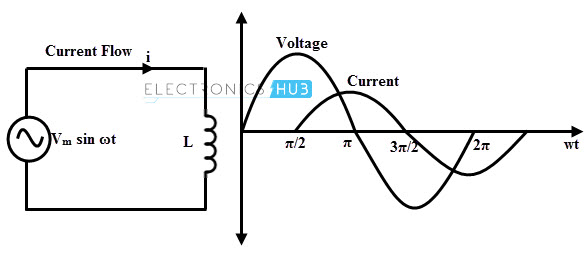I am intrigued by the Revstar lineup - to the point where I might just go and buy one. They look like an awesome guitar.
But I am in the middle of a build and it made me wonder how practical it would be to have the same electronics in what I am doing. In particular the "Focus" treble filter and that crazy looking transformer that sits in the circuitry somewhere and feeds off the output voltage from the pickups as far as I can ascertain.
In any case, the range of sounds from the Revstars is really impressive so I wondered if anyone has come across a wiring diagram for them.
11 second Google yields this:
...but I am pretty certain that is at best incomplete.
Answers on a postcard
But I am in the middle of a build and it made me wonder how practical it would be to have the same electronics in what I am doing. In particular the "Focus" treble filter and that crazy looking transformer that sits in the circuitry somewhere and feeds off the output voltage from the pickups as far as I can ascertain.
In any case, the range of sounds from the Revstars is really impressive so I wondered if anyone has come across a wiring diagram for them.
11 second Google yields this:
...but I am pretty certain that is at best incomplete.
Answers on a postcard





